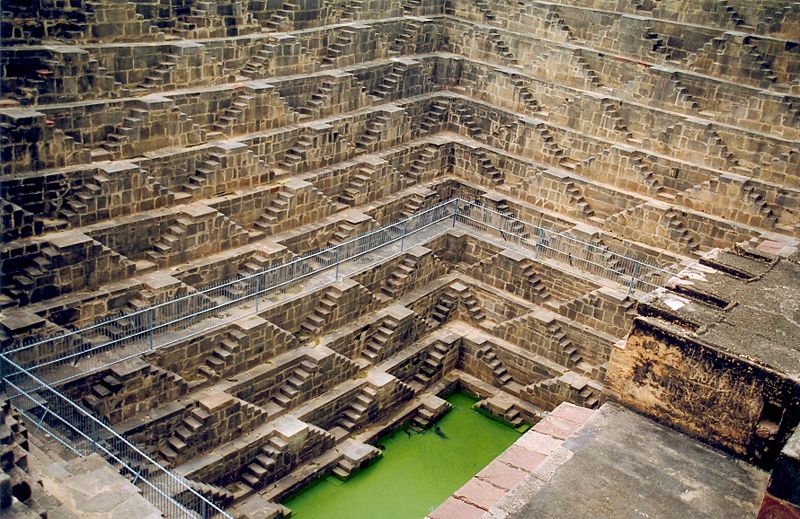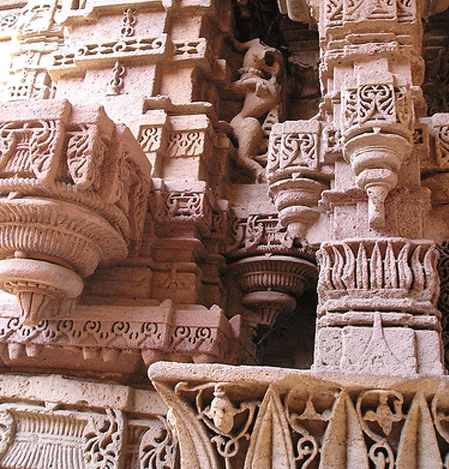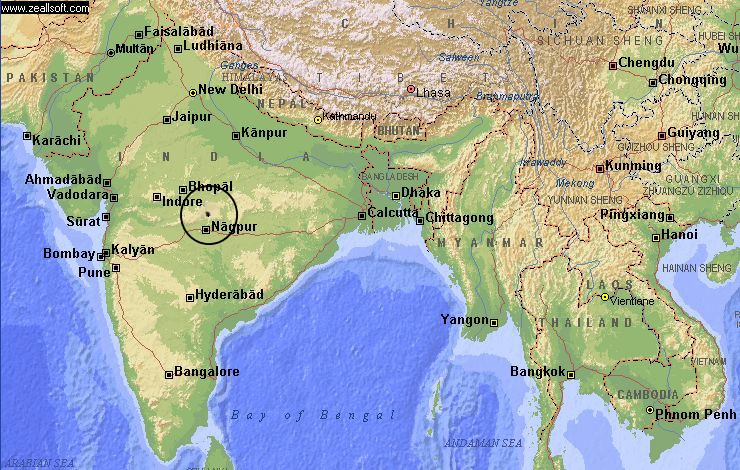In India, in the late 17th and early 18th centuries, wells
were built for ceremonial purposes. Water raised mechanically
to the people at ground level was not seen to be as pure as
if the people went down to the water. The problem in Western
India was that the water table was very far under the ground,
and therefore, deep open wells had to be constructed so the
people could make their way down to the water's natural level.
But getting some 50 or 80 meters down there was a problem.
There were no mechanical elevators or escalators, so steps
had to be built.
Stepwells, also called bawdi (Hindi:??????) or baoli
([[Hindi:?????), are in essence wells in which the water
can be reached by descending a set of steps. They may be
covered and protected, and are often of architectural
significance.
They are most common in the west of India. They may be also
found in the other more arid regions of the subcontinent,
extending into Pakistan.
The construction can also be utilitarian, and involve city
stepwells which have ramps for taking cattle into the well
to carry water out.
All forms of the stepwell may be considered to be particular
examples of the many types of storage and irrigation tanks
that were developed in India, mainly to cope with seasonal
fluctuations in water availability. A basic difference
between stepwells on the one hand, and tanks and wells on
the other, was to make it easier for people to reach the
ground water, and to maintain and manage the well.
The majority of surviving stepwells originally also served
a leisure purpose, as well as providing water. This was
because the base of the well provided relief from daytime
heat. So, the stepwell often took on the equivalent of the
modern city pool or the country swimming hole. More such
relief could be obtained if the well was covered. This led
to the building of some significant ornamental and
architectural features, often associated with dwellings and
in urban areas. It also ensured their survival as monuments.
Many provencial rulers built stepwells for the cities, and
provided them with highly ornate carvings, much like those
found in temples.
|



